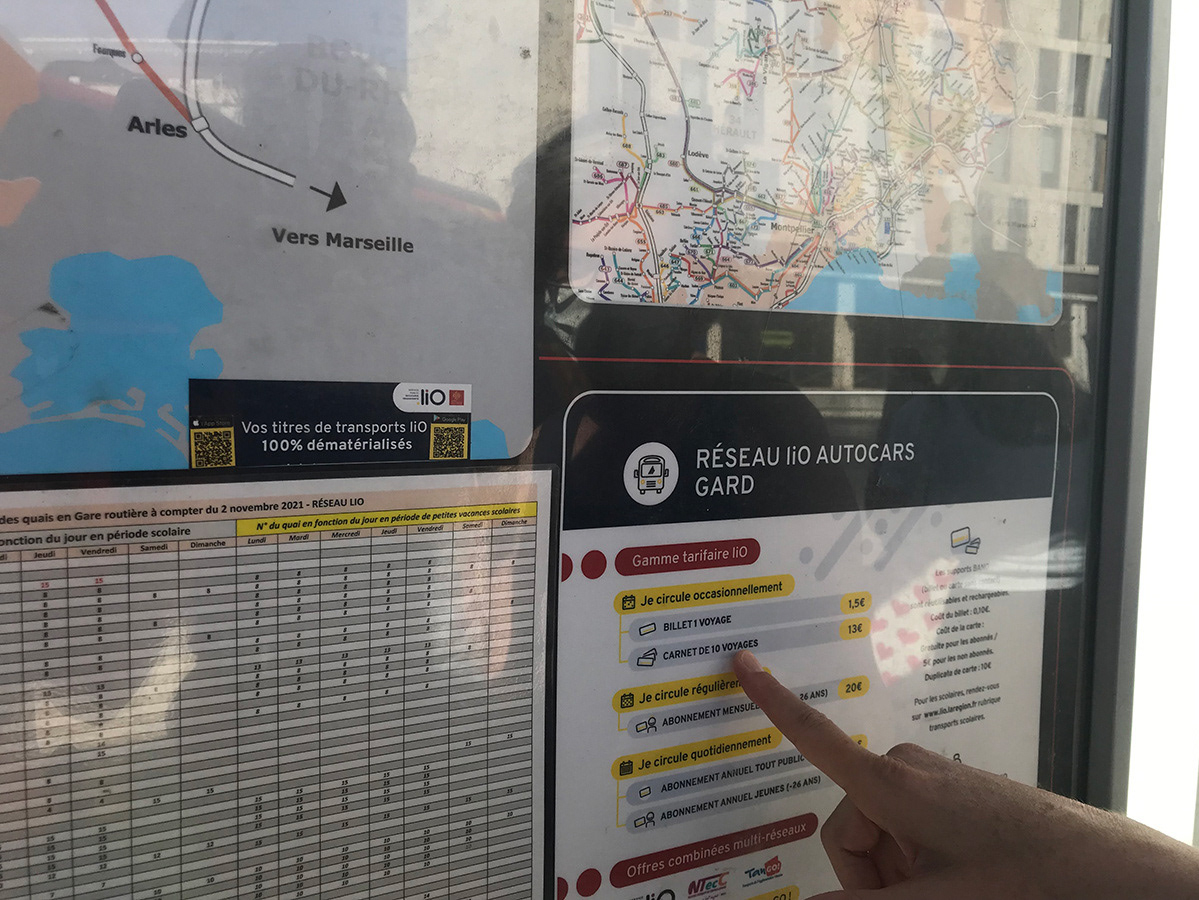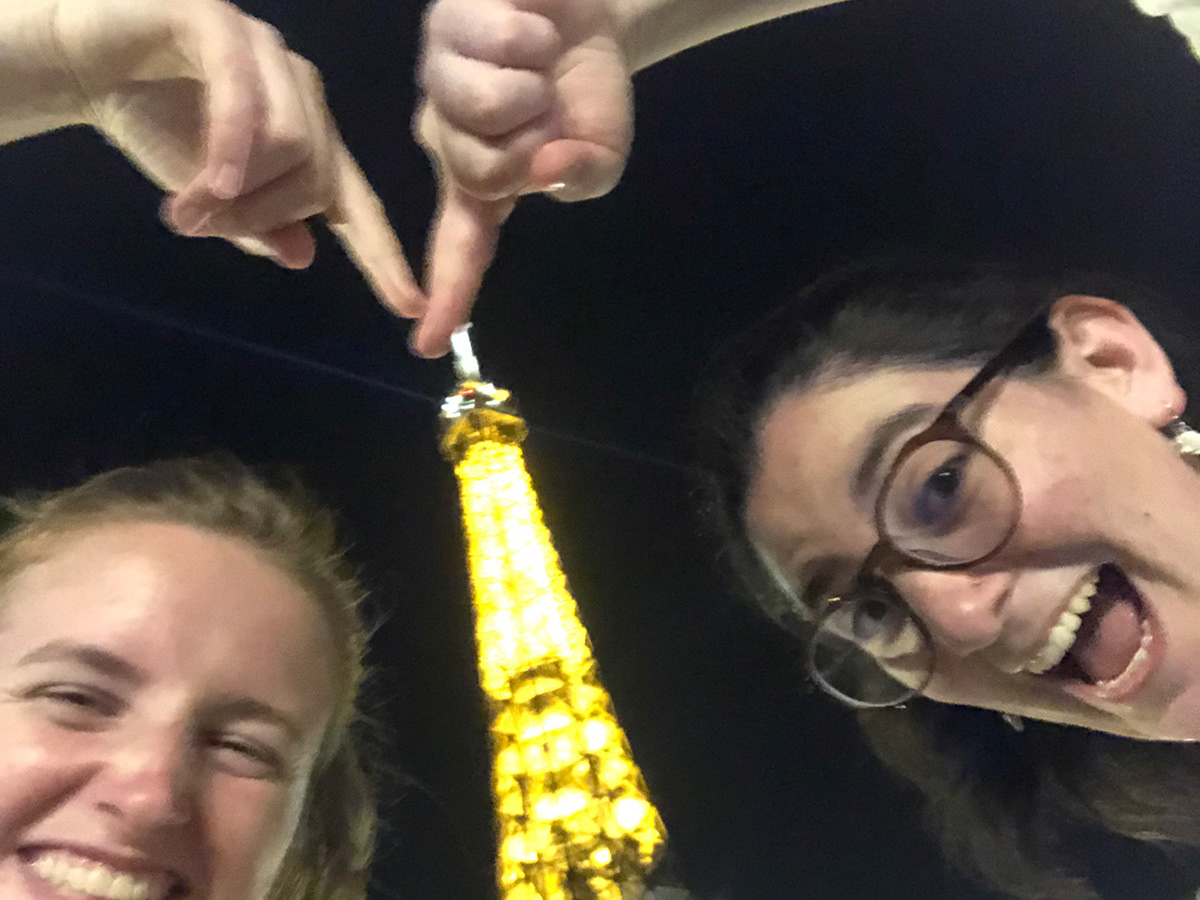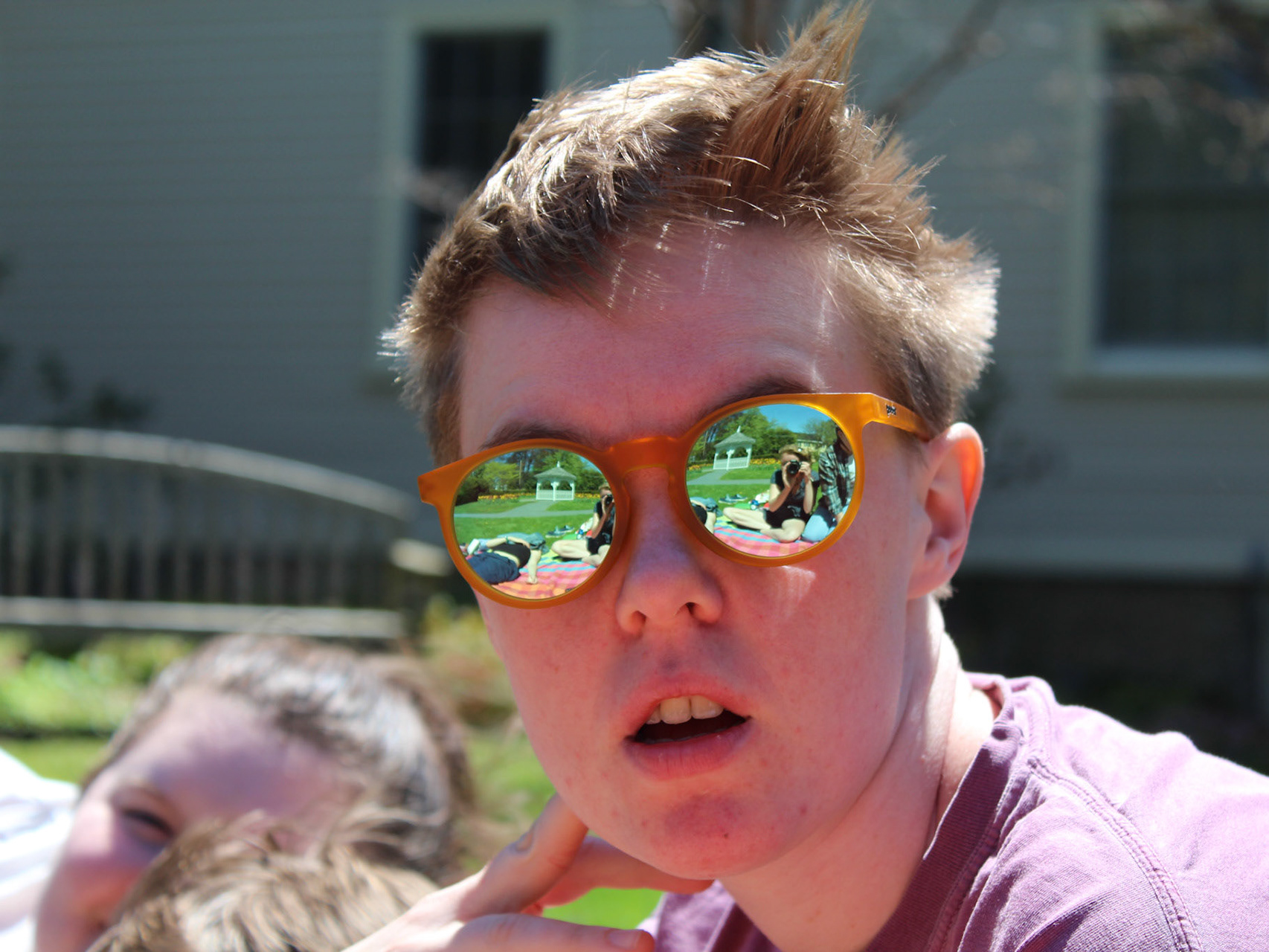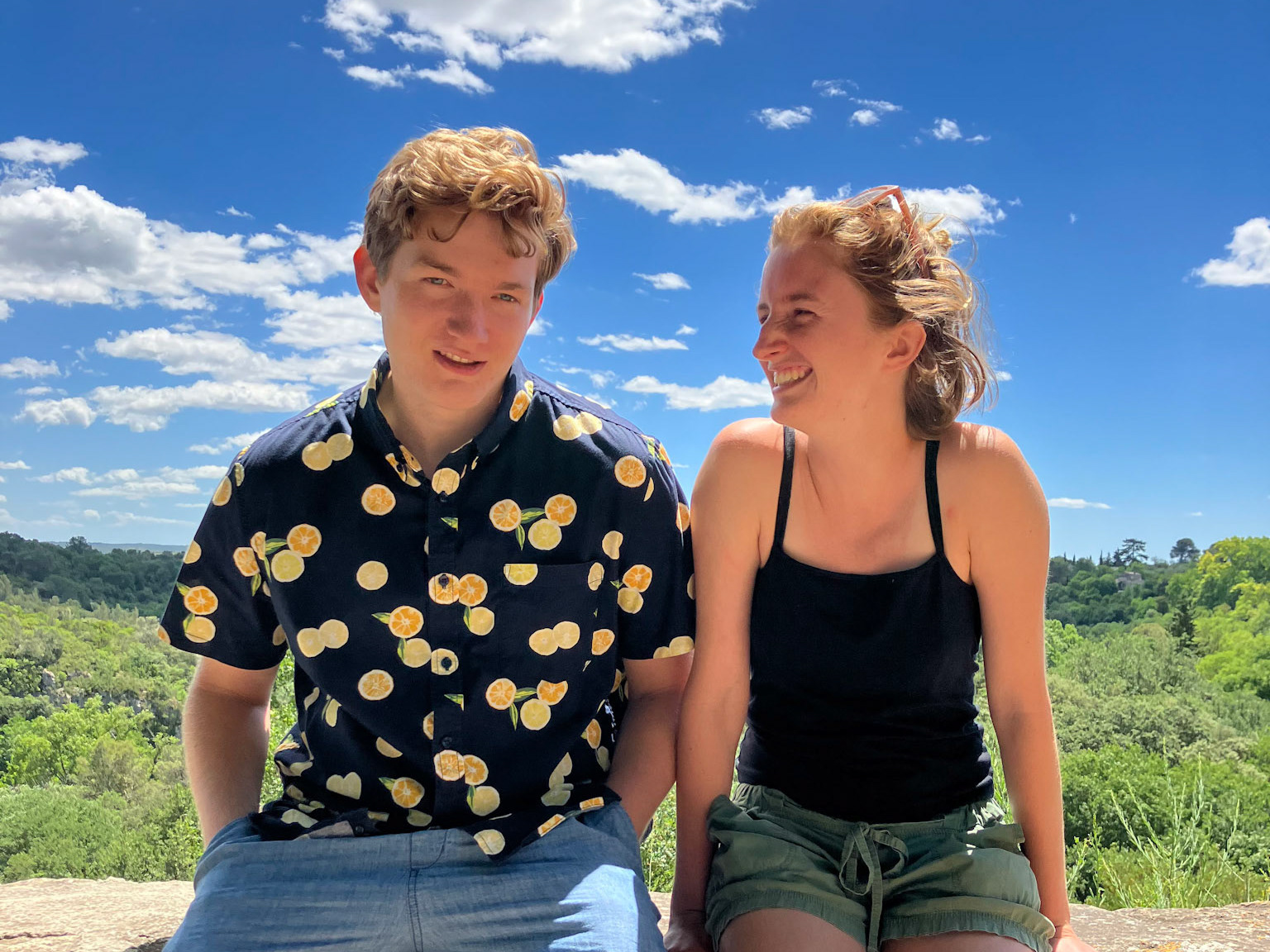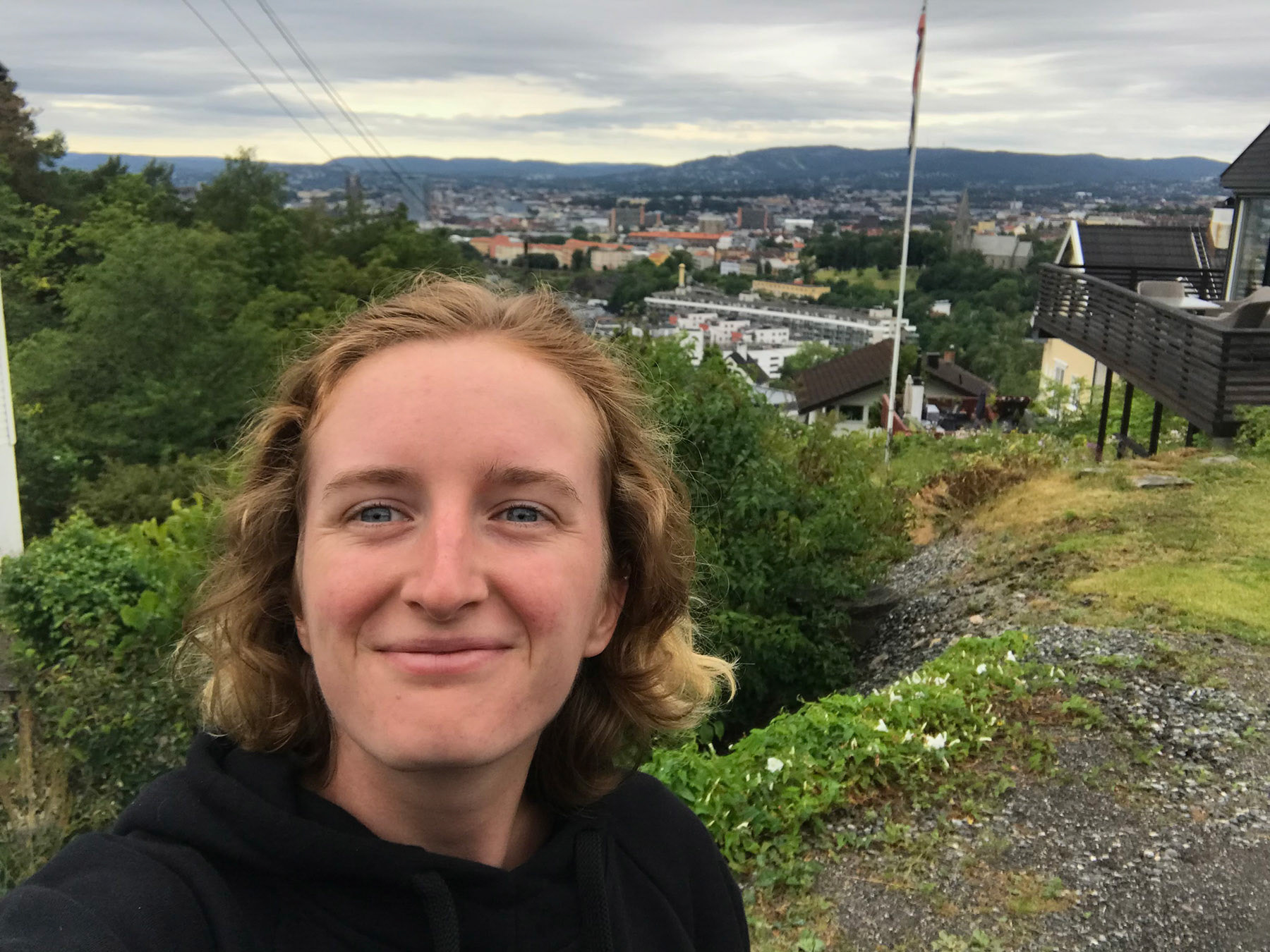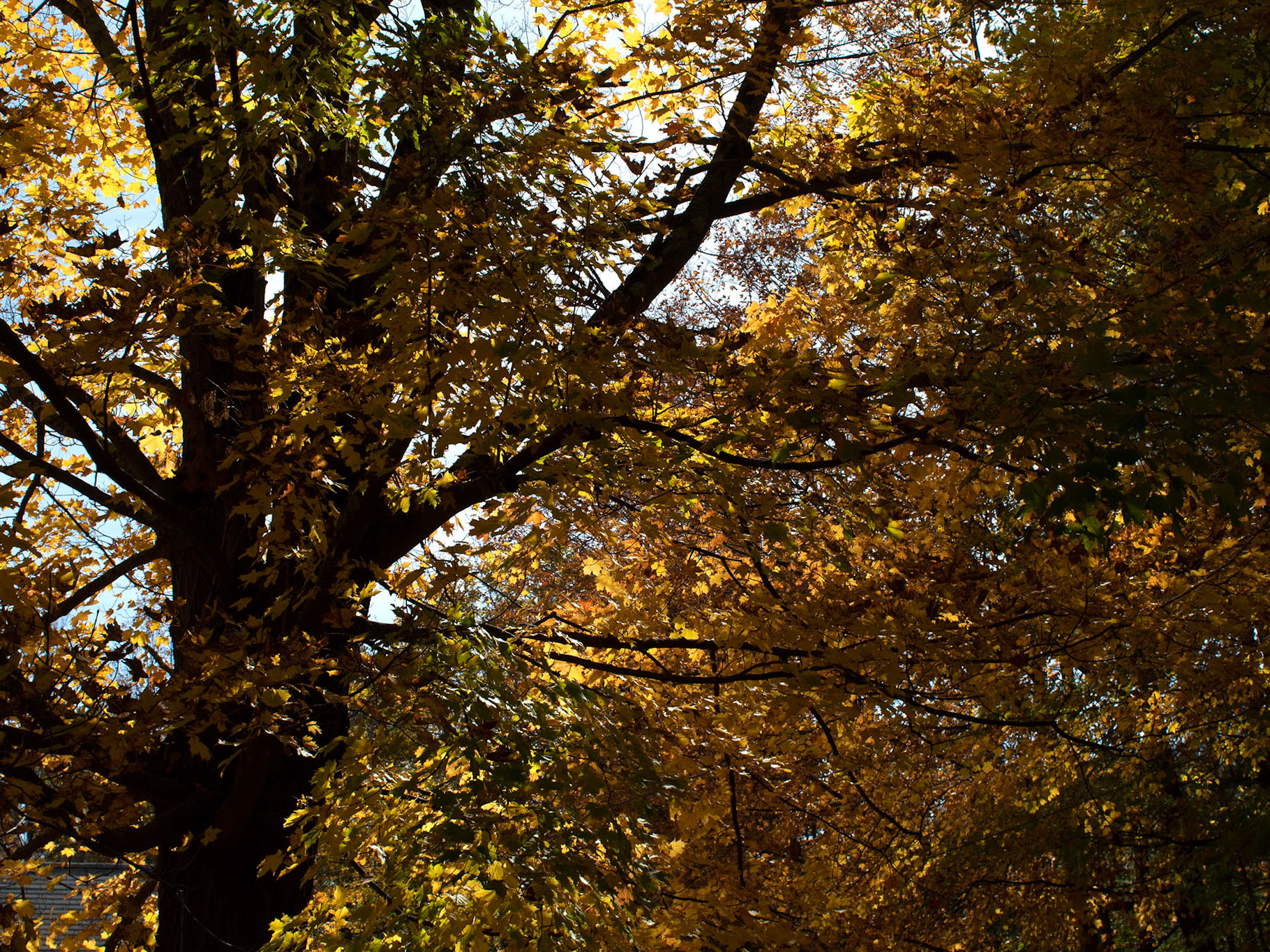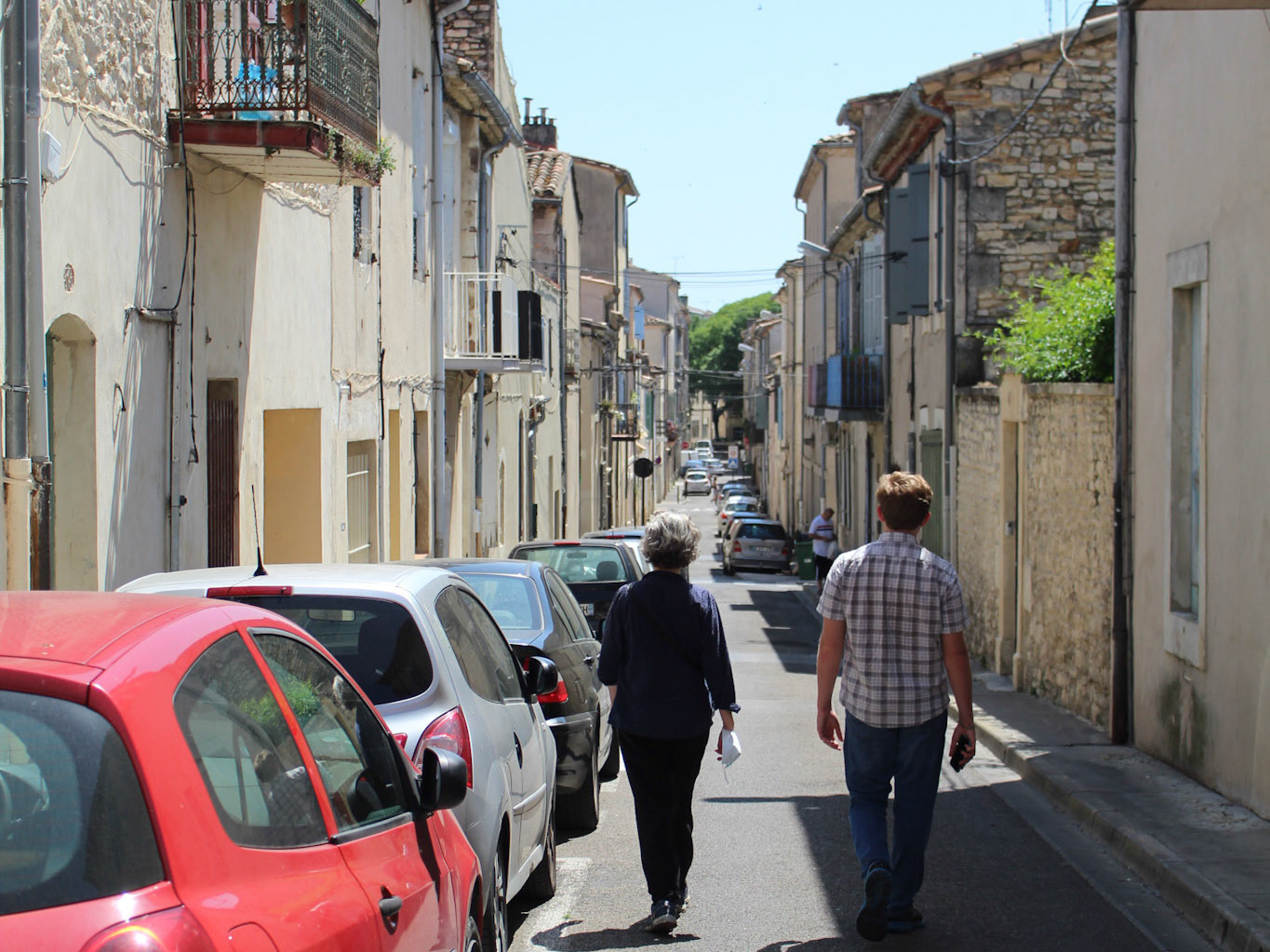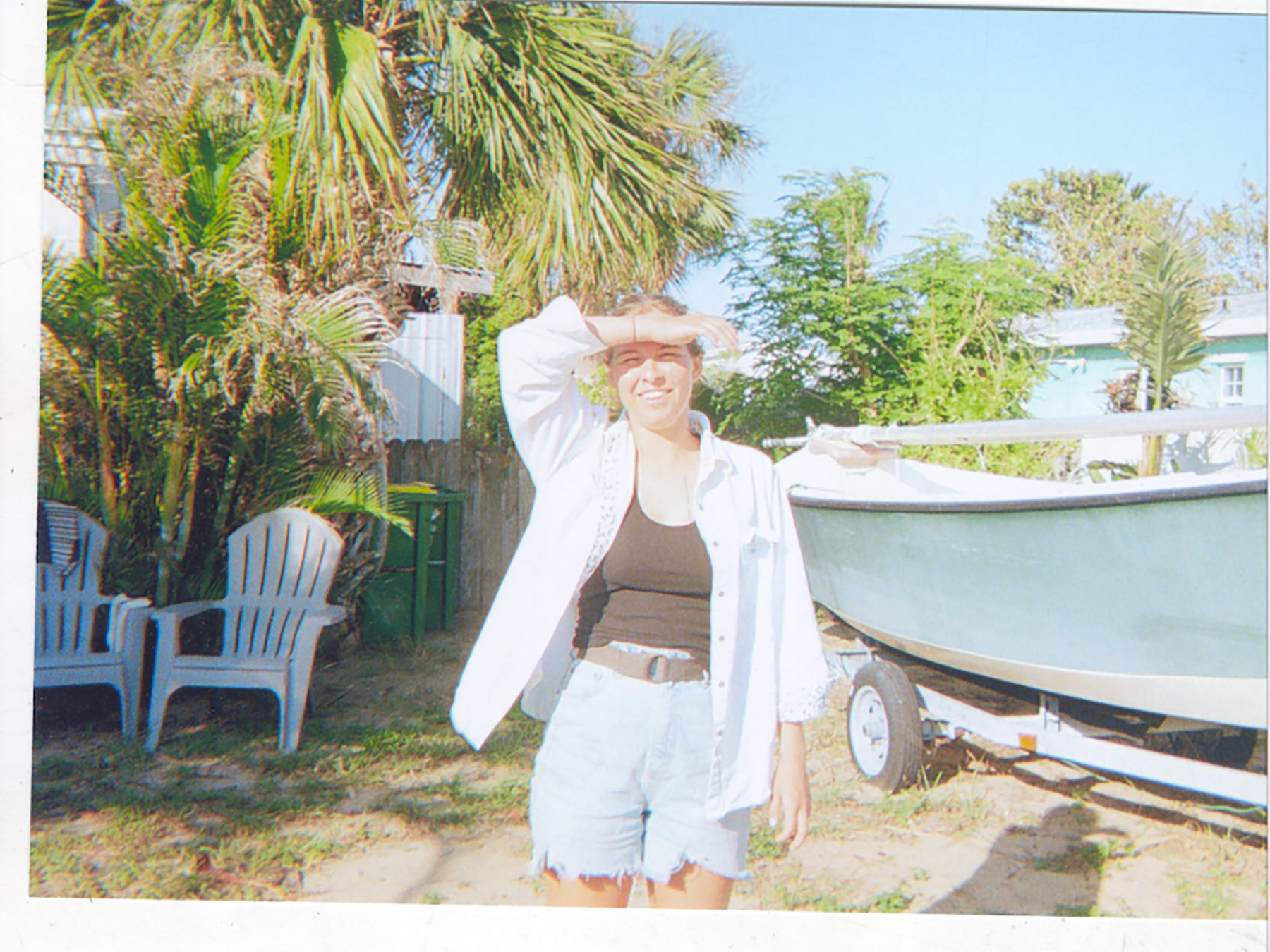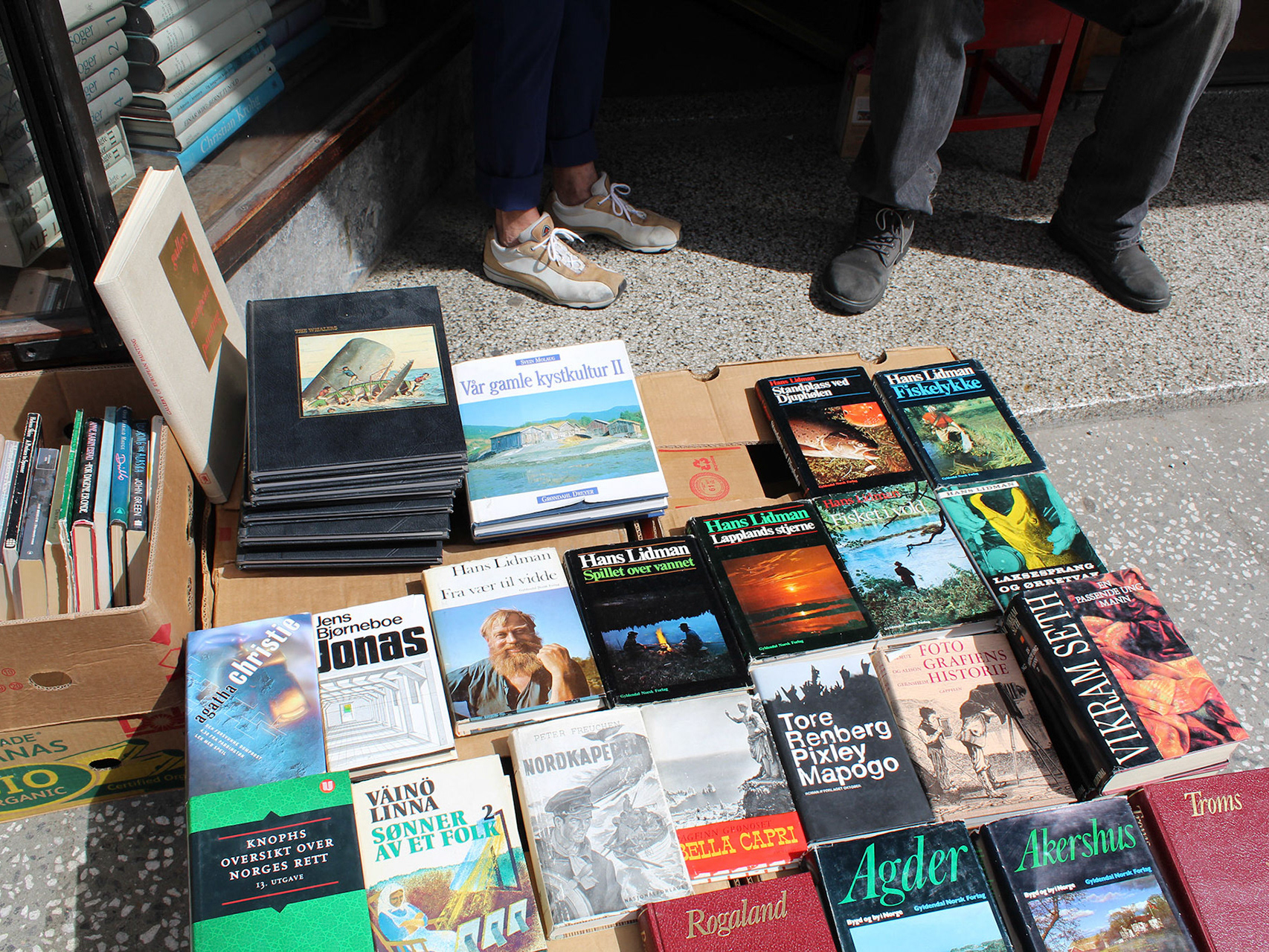In 2019 my mom and I visited relatives for the first time, in Norway. This opportunity came after years of my mom researching her ancestry that led to a breakthrough~ a connection with this community in Northern Norway. In a small town just south of the arctic circle, these people had knowledge of our shared ancestors, even lived on the same land as the family had for hundreds of years. They could tell us stories about people from the 1800s.
This still amazes me~ because of how different this is from my American experience, and in and of itself, as it speaks to a human capacity for keeping the memory of someone alive.
One of the things I learned about there was a book of folklore, collected by my ancestor, Ole Tobias Olsen (my great great great grand-uncle, who lived his whole life in Norway).
"Folkeeventyr" is Norwegian for "folk tales".
That's the title of this book~ in English, "Norwegian Folk Tales and Legends: Collected in Northern Norway."
Ole Tobias could be described as a Renaissance man. In 1870 he won a grant from the Norwegian Government to collect these folk stories. He was not an expert in the field, but in the mid 19th century, during the time of a national re-birth in Norway, many intellectuals were doing this kind of cultural collection and production. Ole Tobias is also known as a prolific, early photographer of Norway. The black and white photos here are his.
(Here's my favorite picture of him.)
Serendipitously, the book of folklore has been digitized and is available online, as public domain, through the Nasjonalbiblioteket (the Norwegian National Library).
The book is fascinating to me in part because of the way it combines fiction and reality. Some of the tales are more or less what you'd expect if you thought along the lines of Brothers Grimm~ they feature capricious magical creatures, flawed human characters that are taught a lesson, they don't shy away from the gruesome or awkward, and many have religious themes.
But some of the stories were unlike anything I'd read before~ they talked about the supernatural and unbelievable along with real places and real people, many of whom were even alive when Ole Tobias recorded these stories. They are almost like eyewitness accounts of magical happenings.
There's an index of all the contributors at the back. And the book is dotted with photographs taken by Ole Tobias. It has a kind of contemporary charm to it, and you can even get a sense of the different style of the different storytellers.
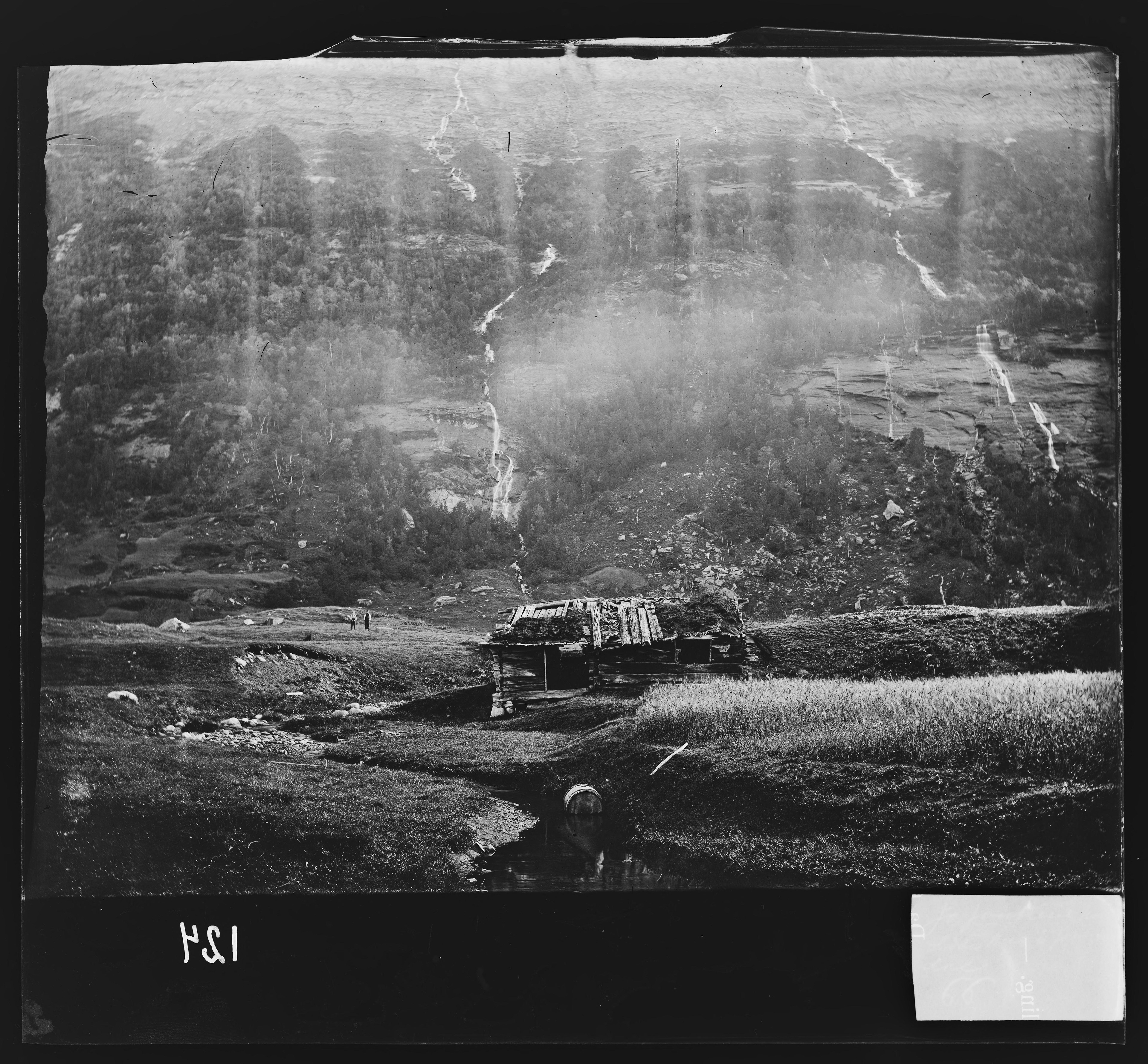
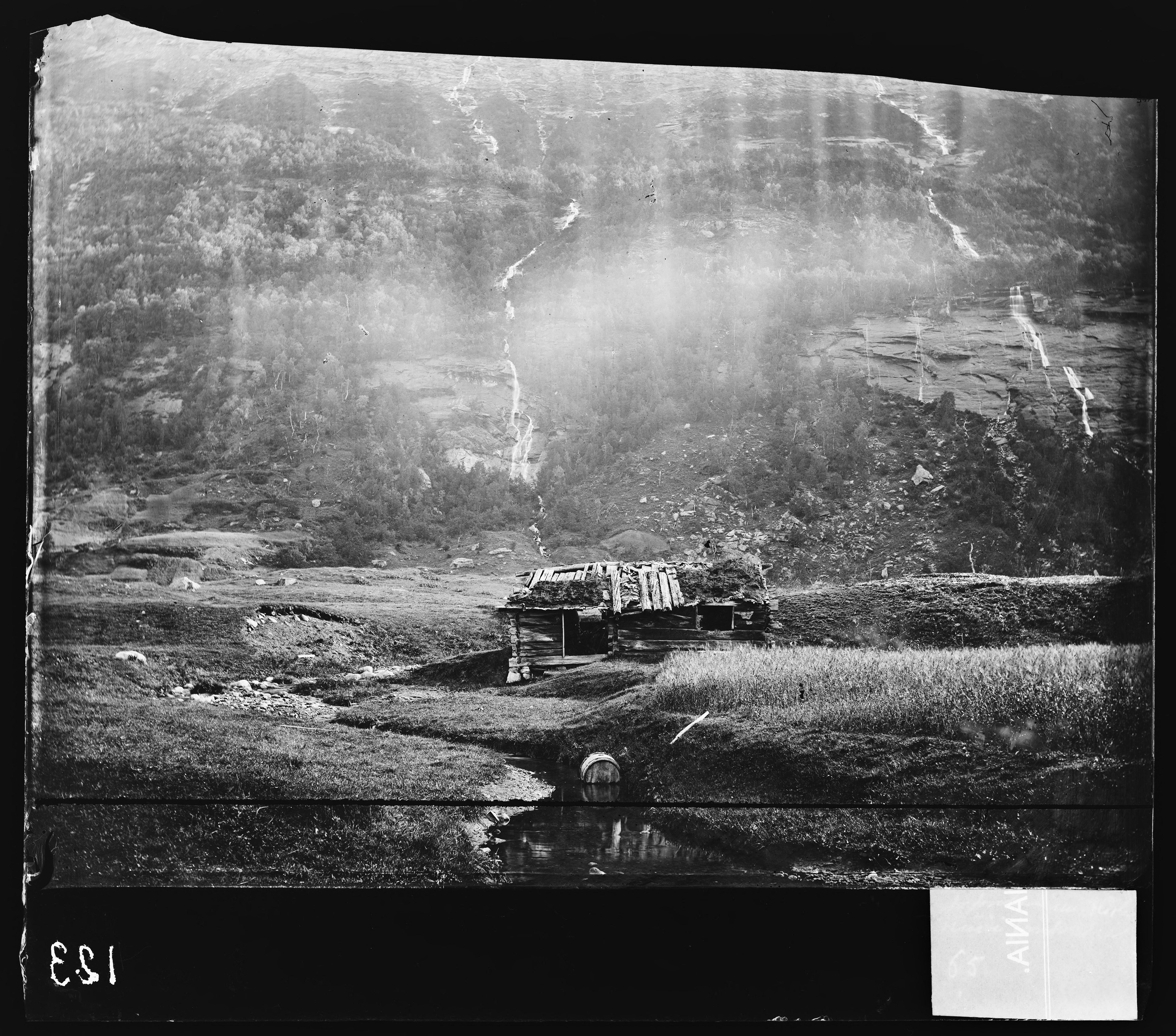
So, needless to say, I became enchanted.
At this point I had been studying Norwegian for a couple of years at Smith, and I decided I'd translate the book to English.
Translating was a way for me to learn more about the book, understand the stories myself, and let its charm and mystery continue to unravel. And after I began, I realized I loved it. Translating feels like detective work (especially with this kind of text that contains very obscure terminology), and also creative (you're bringing something into existence that did not exist before).
In Spring 2020 I did a special studies translating ten of the stories with Professor Craig Davis, and in the Fall I applied for a Fulbright to continue the project in Norway.
The basic premise of my Fulbright project was to translate the stories to English, visit these places to photograph the landscape, and discuss the book and its stories with locals. My "research question" was how these stories, along with the landscape, both cultural and geographical, has changed over time. I worked on an application for a year, and got close, but ultimately didn't get the grant.
~ ~
So what am I doing with it now?
First of all, I couldn't find a computer program that would do it for me, so I needed to transcribe the entire text by hand into Google Drive so that I could work with it. The process isn't that bad~ I'm almost done, and I read the stories as I go and familiarize myself with the language of the book.
The book is written in an older version of Norwegian~ it's more similar to Danish. However, there's also a regional dialect at play, which at times can be more like Swedish. The process of transcribing gives me clues about what the modern Norwegian word would be.
(I'm really hoping that by making this my main intake of Norwegian, I'll sound like an old-timey, Rumpelstilsken-esque, storytelling character whenever I speak Norwegian.)
Along the way, I'm taking notes on the people and places that are mentioned. These are all in "Nordland", a region in Norway. This will become a list of places to visit and people (descendents) to talk with.
So now, after graduating, and sitting with these plans for a couple months, I've decided this project is still something I'd like to pursue. I'm going to Norway in a month to study Norwegian, re-do the Fulbright application, and apply to grad school this time around too (for Folklore / Cultural Studies). In the meantime, I'm going to keep working on the translation on my own! We'll see what this next chapter's about.
>:~) Elsa
